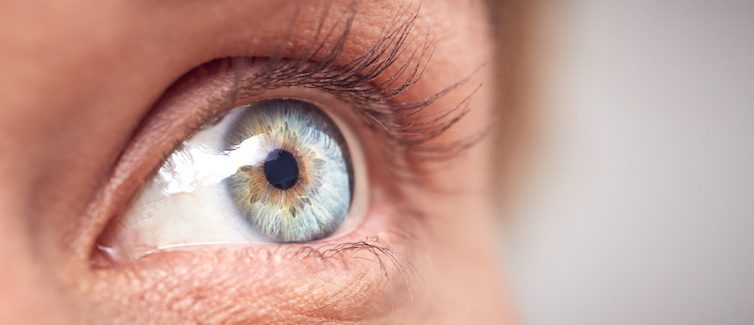cuntenutu
Visione: a riparazione di a córnea serà prestu pussibule
Aostu 18, 2016.
Australian researchers have developed a method for culturing corneal cells in the laboratory on a thin layer of film.
Shortage of cornea donors
The cornea, to remain effective, must be moist and transparent. But aging, and some trauma, can lead to damage, such as swelling, which results in deterioration of vision. Currently, the most effective way is a transplant. But there is a shortage of donors to meet global demand. Not to mention the risks of rejection and the need to take steroids with all the complications that this entails.
In Australia, scientists have developed a technique to grow corneal cells on a thin film in the lab, which can then be grafted to restore vision lost due to corneal damage. The film is implanted on the inner surface of the patient’s cornea, inside the eye, through a very small incision.
Increase access to corneal transplants
The method, which has so far been successfully performed on animals, could potentially increase access to corneal transplants and change the lives of 10 million people worldwide.
“We believe that our new treatment works better than a given cornea, and we hope to ultimately use the patient’s own cells, which reduces the risk of rejection.”says biomedical engineer Berkay Ozcelik, who led the research at the University of Melbourne. « More trials needed, but we hope to see the treatment tested in patients next year.. »
To read also: The sight after 45 years










